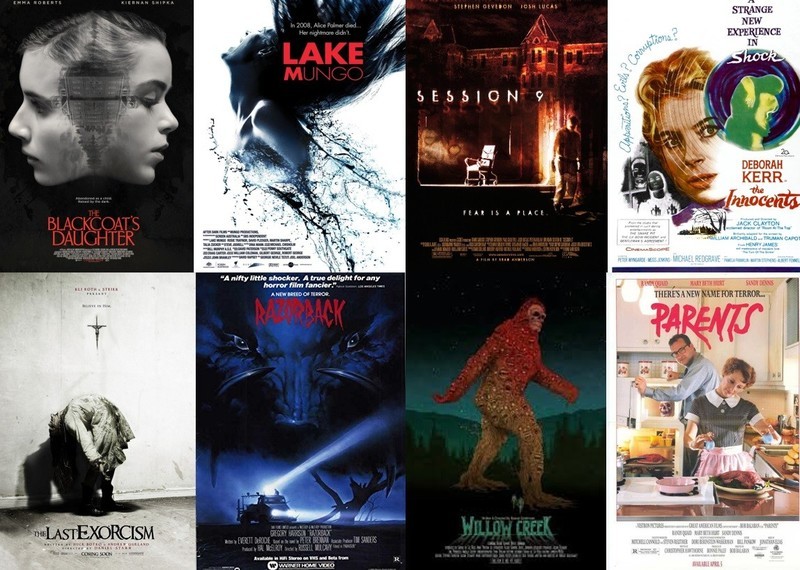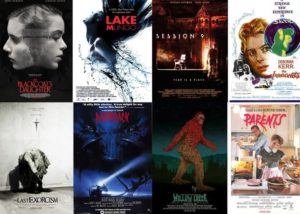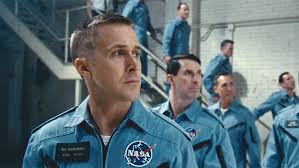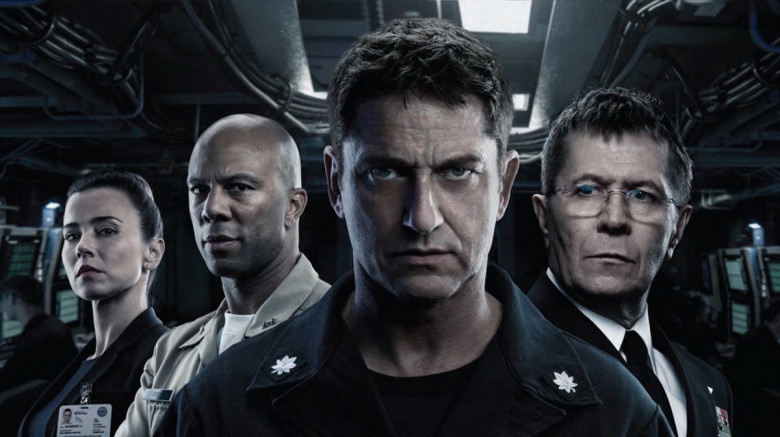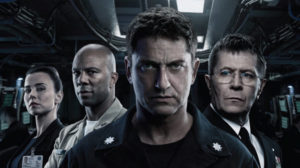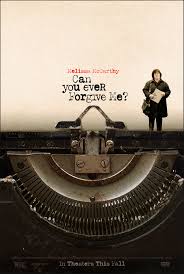The Nutcracker and the Four Realms
Posted on October 31, 2018 at 8:04 pm
B-| Lowest Recommended Age: | Kindergarten - 3rd Grade |
| MPAA Rating: | Rated PG for some mild peril |
| Profanity: | Some mild languages |
| Alcohol/ Drugs: | None |
| Violence/ Scariness: | Some peril and violence, swords, falls, no one hurt, characters grieving sad death of parent |
| Diversity Issues: | None |
| Date Released to Theaters: | November 2, 2018 |
| Date Released to DVD: | January 28, 2019 |
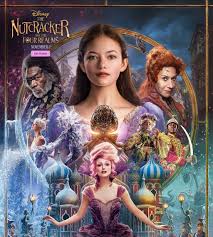
“The Nutcracker and the Four Realms” is a beautiful empty mess of a movie. The production design by Guy Hendrix Dyas and costumes by Jenny Beavan are genuinely enchanting. Disney is a modern-day Medici, giving work to the world’s top artisans and the look of the film is gorgeously imagined. But boy, it’s like a fabulously wrapped gift that once you remove the ribbons and paper turns out to be nothing but an empty box. Ultimately, the visuals are so sumptuous and look-at-me that they overwhelm the story.
It is inspired, of course, by the classic ballet, which, let’s all admit, is not much of a story, based on a 200 year old tale by E. T. A. Hoffmann about a young girl named Clara who defeats an evil mouse king with the help of a nutcracker who comes to life. It’s just there to provide an excuse to play the one of the most beloved orchestral pieces of all time, the celestial Pyotr Ilyich Tchaikovsky Nutcracker Suite and to perform the now-classic dances. Half of the Nutcracker is just a performance put on for Clara by dolls and toys of different nationalities.
Almost as well-loved as the ballet, a perennial holiday favorite, is the sequence in Disney’s “Fantasia” (which premiered in 1940, four years before the first US performance of the Nutcracker ballet). Fish swim sinuously to the Arabian Dance music, and fairies bring winter to the forest to Dance of the Sugarplum Fairy. But what everyone remembers best is the mushrooms dancing to the Chinese section, one tiny mushroom racing to keep up.
In this version, Clara (Mackenzie Foy, struggling with her English accent and struggling even more with a story that veers from dull to wha??) is the middle child in family in mourning following the death of the mother. It is their first Christmas without her, and they are all feeling lost. Clara’s father (Matthew Macfadyen) tells the children that their mother left them each a gift to be opened on Christmas Eve, a favorite ball gown for her older sister, toy soldiers for her younger brother, and for Clara an intricate egg-shaped box without the key to unlock it. The note says that everything Clara needs is inside.
Clara, like her mother, is a gifted mechanical engineer (she amuses her brother with a clever Rube Goldbergian contraption that deserves more of a payoff later, but the filmmakers do not appear to be paying much attention or expecting us to be, either). So, at the very fancy Christmas Eve party where her father’s primary concern is that Clara dance with him “because everyone expects it,” Clara does just what he told her not to do — she sneaks off to find the host, her godfather (Morgan Freeman, in an eyepatch), who is ignoring the guests and tinkering in his workroom. She thinks he might have a key. And of course in a way, he does.
The next thing we know, Clara has been led to a mysterious Oz/Narnia-like enchanted land, where a mouse steals the key and she chases after him. With the help of a nutcracker come to life (Jayden Fowora-Knight) she learns some secrets about her mother and has to save the day from the evil character who wants to dominate the four realms. Believe me, you don’t need to understand this part. You probably don’t want to, either.
There are some references to “Fantasia,” including an image of a conductor and orchestra directly taken from the film. But why put the red mushrooms in the forest if they aren’t going to dance? Why bring in James Newton Howard to create a new score when it is definitively impossible to improve on Tchaikovsky? And why why why relegate Misty Copeland (mostly) to a credit sequence after the movie is over? The ballet scenes are frustratingly short, while chase scenes and PG-level action take far too much time.
Director Lasse Hallström, known for warm-hearted, deeply sympathetic films like “My Life as a Dog,” “What’s Eating Gilbert Grape,” and “Cider House Rules” had to leave the film for another project, and it was finished by Joe Johnston, known for skill with special effects stories like “Honey I Shrunk the Kids,” “The Rocketeer,” and “Jumanji.” This may explain a disjointed tone, particularly with one character whose transformation is fine as a matter of plot but jarringly wrong in tone that takes us completely out of the movie. It is lovely to have a fantasy film with a girl who has courage and agency, but the way it handles its themes of loss are disjointed as well, with a truly jarring disparity in the treatment of Clara and the rest of her family and slightly creepy suggestions about the way the girls make up to their father for the loss of their mother and about how evil and (mild) sexuality (double entendres) are linked.
This movie would be a lot better if it had fewer realms and better writers.
Parents should know that this is too intense for little ones, with scary soldiers, peril and some violence, swords, falls (no one hurt) and characters mourning a sad death of a parent.
Family discussion: What did the note from Clara’s mother mean? What made Clara different from her brother and sister? What made her change her mind about Mother Ginger? How do Clara and Sugar Plum respond differently to the loss of someone they loved?
If you like this, try: “The Wizard of Oz” and “Labyrinth”

